The onslaught of new PC part releases has been intense these last several weeks. The Ryzen 7000 Series and Intel Raptor Lake CPUs are now out, Intel launched its Arc A770 graphics cards, and Nvidia unleashed the RTX 4090. Next month, the RTX 4080 16GB will also hit the market, and AMD will reveal its Radeon RDNA 3 graphics cards as well. Needless to say, there are plenty of gamers now thinking of building a gaming PC.
While it’s certainly an exciting prospect of assembling a powerful new gaming PC, picking out the right parts can quickly get expensive and run up your budget. Streamers and YouTubers love to flash those $4,000+ USD builds, but most of us realistically can’t afford to do that. It’s not necessary to spend big either to get a great gaming experience. This is why it’s handy to know the things you can skip at first when building that gaming PC.
With that in mind, we’ve put together a list of five things you can save for later when initially building a gaming PC. This list isn’t comprehensive, but it’s meant to give you some solid pointers so don’t fall astray with your budget and instead spend the money where it matters most.
Extra system RAM
This first item should be obvious to some, but might not be as clear for many new PC builders. Quality RAM is important, especially for Ryzen builds, but you don’t need all of it in your PC at first and it’s one of the easiest things to add in later. A lot of people think that because there are four slots, all four slots need to be filled. Others think that RAM always need to be added in pairs. While there’s a little truth to that second statement, starting your build with a single stick of RAM is just fine.
Our recommendation to save some money on this front is to buy a single stick that’s about half of the RAM capacity you are aiming for in your final build. Another thing to note is not going overboard with said RAM. 64GB is likely to be overkill for a good few years still. By the time it might be needed, you’ll be ready to upgrade to a faster kit as well. Shoot for 16GB or 32GB in your final build if you have the extra cash. You can find kits these days that fit 16GB on a single stick, too.
Another important thing to note when adding RAM is that it’s easiest to just buy an identical copy of your initial stick of RAM. Technically there are ways to get different brands or product lines from the same brand working together, but if you are aware of how to do that, you most likely don’t need to read this guide. So just bookmark that first stick you buy to add on more later down the line.
Liquid cooling
While water cooling looks impressive, it’s certainly not necessary for most builds. Water cooling is not massively more effective than air cooling aside from the most power hungry CPUs. You can absolutely get great results with a quality air cooler, while saving plenty of money at the same time. Some Ryzen CPUs even come with an air cooler to get you started.
You can always upgrade to water cooling at a later date. It might be a bit of a hassle to change things out later, but if you were planning to go with an AIO to begin with, it shouldn’t be that big of a deal to install later down the line. The one exception to this is if you are doing a small form factor build, like a mini ITX for instance, and you just don’t have the case space for an air cooler.
RGB LEDs
This may sound like a meme, but skipping RGB components when building a gaming PC can save you quite a bit of money that would be better spent on, say, a better GPU. RGB components will almost always cost more than the non-RGB counterparts, and adding flashy RGB is something you can do later on if you still want it.
Most modern gaming motherboards now come with RGB headers to easily plug in programable components. Also, if you are starting with a CPU air cooler, get the un-lit one at first especially if you are planning on doing water cooling at a later point. Flashy rigs that you can show off are a big part of the PC gaming community, but the primary function should always be to get quality, reliable components that run the games you want to play.
Dedicated sound card
A lot of people who are into PC gaming are also interested in high-end audio. This leads many to believe they need a dedicated sound card. The reality is that most modern motherboards have very decent built-in audio compared to 10+ years ago. Many of the high end gaming headsets also come with DACs and/or sound cards as well now.
The gaming industry is starting to realize the importance of audio after long focusing on just visuals and control input. More is being done to improve audio with software solutions, and Nvidia even has been including audio solutions on its GPUs. Even if you are looking for the best music listening experience for your PC, we still recommend holding off on dedicated audio solutions for that initial build.
Extra PCIe M.2 SSDs
M.2 SSDs, specifically the PCIe 4.0 spec, will certainly be a mainstay of gaming once asset streaming (DirectStorage) becomes widely adopted. However, it’s something to hold off on for those building a gaming PC right now. We won’t even get the first new game that uses the tech until next year when Forspoken releases.
All you really need to get going with a new gaming PC is single SSD for your boot drive and enough space for the games you want to immediately play. Additional storage is definitely something you should still do, and M.2 SSDs are finally about the same price as the significantly slower SATA counterparts, so you might as well go that route.
Beyond that 500GB or maybe even 1TB boot drive, you’ll be fine adding in some bulky, old boy HDDs as dump drives for your last gen, retro, and indy games that won’t even benefit from a shiny new PCIe 4.0 SSD to begin with. As more games come out for the current gen consoles, those SSDs will become a necessity. But that’s at least a year away, and all of your old games will work just fine on your HDD or SATA SSD. Not only that, but as time goes on, PCIe SSD storage will get cheaper.
Trick it out later
Building a gaming PC is an awesome and rewarding experience. With more options and control than consoles, and previously console-exclusives games now coming to PC, it’s easy to see why so many console gamers continue to get on board. Now’s a great time to build one too since graphics card prices have dropped significantly and there are plenty of sales on other high-end components. Hopefully this guide shows that you can start with a more modest system and upgrade each individual part as time goes on. You’re not locked in place by your initial choice like most other electronics. Start with quality essentials like the CPU, graphics card, and motherboard, and build up around that.

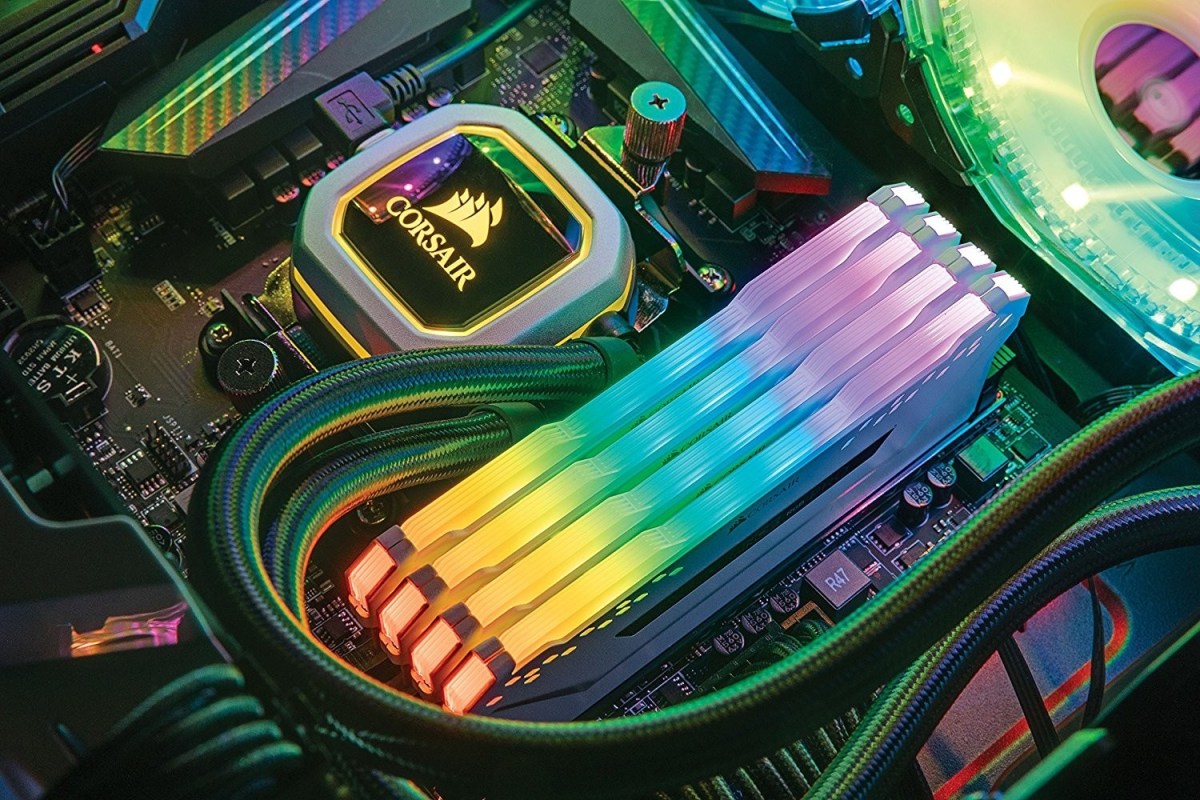
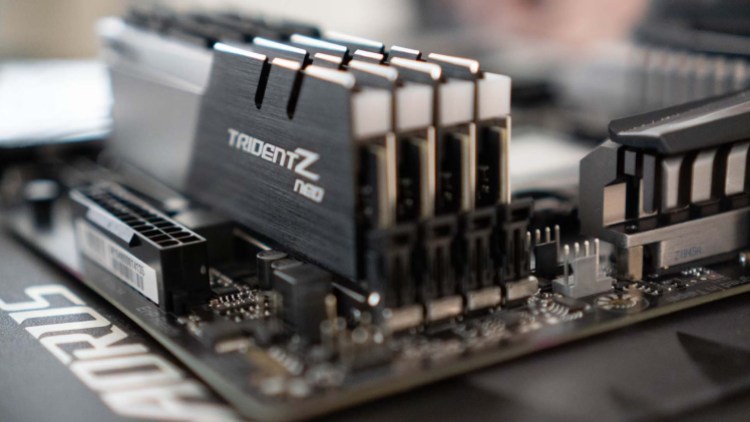
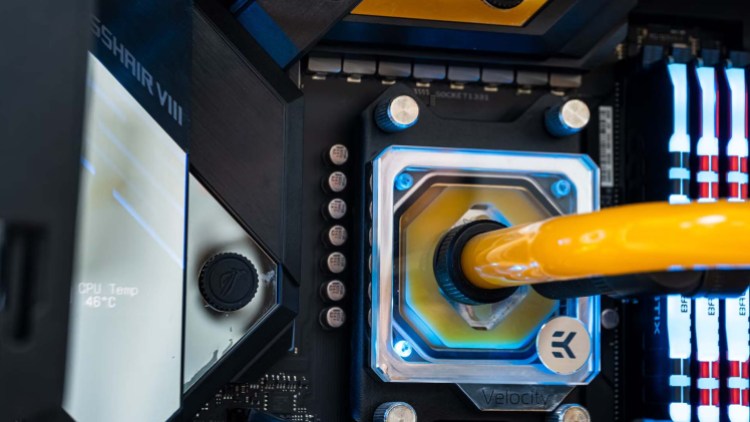
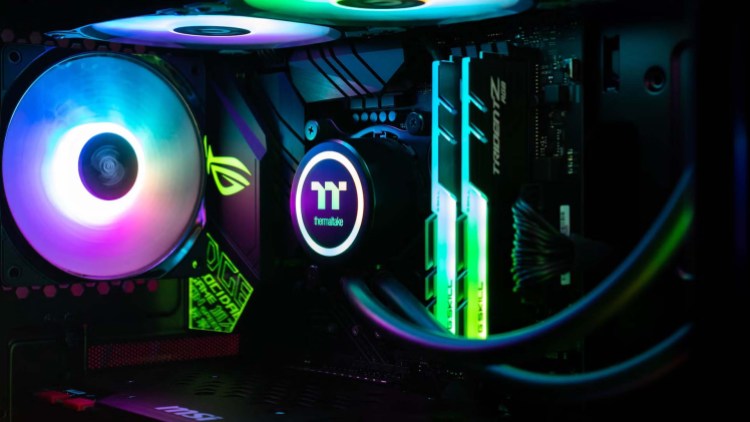
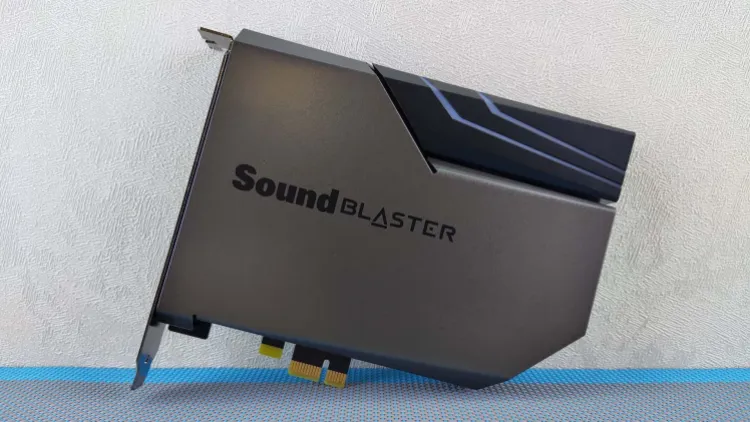
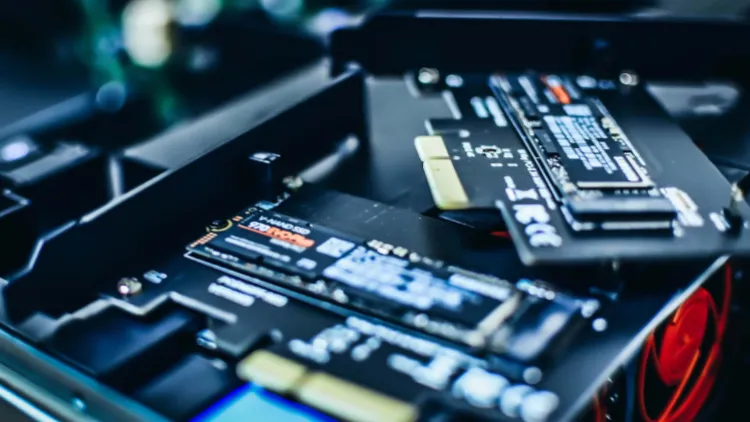





Published: Oct 26, 2022 05:00 pm